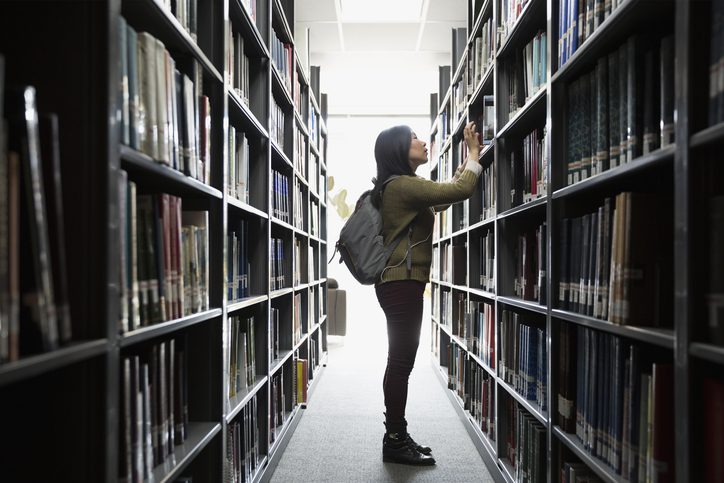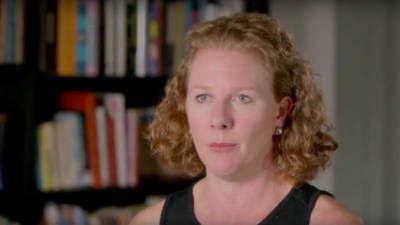The college admissions process is continually evolving, but the COVID-19 pandemic quickened the pace.
Some colleges dropped standardized testing requirements. Admissions offices had to contend with high school résumés that looked far different than previous applicant pools. Some colleges experienced record enrollment, while others struggled with filling their classes.
All of these changes have led to admissions looking different than it may have even five years ago. Here are eight trends to be aware of as you apply to college.
1. Higher Sticker Price for Tuition
Pre-pandemic tuition at certain private colleges was coming down or, at the very least, not rising as quickly. This was the result of less elite private colleges struggling to compete with more affordable public universities. These schools restructured their pricing to offer fewer merit scholarships and lower overall tuition.
However, budget cuts anchored in the pandemic, coupled with rising inflation and falling returns on endowments have meant that many schools have increased tuition by several percentage points for the 2023–24 school year. Therefore, financial aid and scholarships are more critical than ever before.
2. More Schools Are Test Optional
Due to test center closures and health risks associated with COVID-19, nearly all colleges switched to test-optional admissions in 2020. Today, many colleges have continued their test-optional approach, including Columbia University, the first Ivy League college to announce a test-optional approach without any time limits.
The schools most likely to remain test-optional are those that are the most financially secure. These tend to be liberal arts colleges and private universities that can afford to hire enough admissions representatives to support a more holistic application review. “Larger state universities typically work off a formula for at least some of their decisions—if you have a certain combination of grades and test scores, you’re automatically admitted,” explains Kate Sonnenberg, founder of KS College Success. “In a time where there will likely be state budget cuts to higher education, it is unlikely that state universities will have extra resources to hire additional admissions officers [to help review applications]. They also won’t have the autonomy to make a decision [on whether] to go test-optional, as government leaders set policies.”
3. Progress Toward Equitable Admissions Practices
Black Lives Matter and the greater movement toward equality have highlighted the inequity of the college admissions process, and schools are showing their commitment to finding solutions.
“Schools are doing significant work to engage broader populations in college recruitment and advising,” says Stacey Kostell, chief executive for the Coalition for College. “While this work will take time, early indications suggest that colleges and universities are committed to designing new processes and relying on different metrics to make sure all students have the same access to higher education.”
Schools are relying less on test data, of course. They’re also requiring more writing on applications and requesting input from high school counselors about individual students.
While these are steps in the right direction, there are still issues. For one, students in underfunded high schools where counselors have large caseloads may be less likely to get personalized guidance and recommendation letters from their counselors than their peers at wealthier schools. Brady Norvall, founder of Find a Better U, says the counselor route isn’t enough. He suggests that colleges “commit to changing their recruiting model and reaching out to high schools that may not have been on their radar in years past.” While this hasn’t become a widespread trend yet, changes like this appear to be on the horizon.
5. More Personalized Outreach from Admissions Officers
Traditionally, colleges have recruited potential applicants by purchasing students’ names from the testing companies behind the ACTⓇ and SATⓇ exam. “With a rise in test-optional and test-blind admissions, institutions will need to find students in other ways,” says Levine. To fill the gap, schools are going to have to get creative, he says. “It’s likely they’ll utilize more specific data gathered from student searches—such as an indication that a student has been searching for a specific major—to build more targeted recruitment strategies.” Levine even foresees the school’s outreach itself, not just the outreach method, getting more personalized. “For example, they may send students custom digital viewbooks,” he says.
6. Longer Waitlists
In recent years, the number of students on waitlists increased while a student’s chances of being accepted off a waitlist decreased.
What was causing schools to balloon their waitlists? High school seniors are applying to more colleges than ever before, which makes it challenging for a college to predict enrollments. Waitlists can be a safety measure for a college—the longer the waitlist, the more likely they are to reach their enrollment targets.
“Adding more students to the waitlist is a practical solution from the school’s perspective because it allows flexibility in managing their admissions offers,” says Benjamin Caldarelli, co-founder of Princeton College Consulting.
7. Community College Continues to be a Viable Option
According to the National Student Clearinghouse Research Center, the flip side of lower first-year enrollments is larger community college enrollments. Community college can be a great option for some students to save money while they build general education credits for college.
Community college can be a good option even for competitive students. Some community colleges have agreements with four-year colleges and universities that guarantee admission if certain standards are met. Some students also work while attending community college, which can help save money for future college costs.
8. College Housing May Be Complicated
Rising inflation, coupled with more demand for housing, means it can be hard to find housing on or off campus. According to Inside Higher Ed, some colleges report that students who previously would have commuted are eager to live on-campus due to a disrupted high school experience during COVID-19. It’s important to read the fine print of your acceptance package to determine whether housing for undergrads is guaranteed, how much it might cost, and price out alternative off-campus choices if that’s something you’re interested in pursuing.
ACT® is a trademark registered by ACT, Inc., which is not affiliated with, and does not endorse, this site.
SAT® is a trademark registered by the College Board, which is not affiliated with, and does not endorse, this site.




